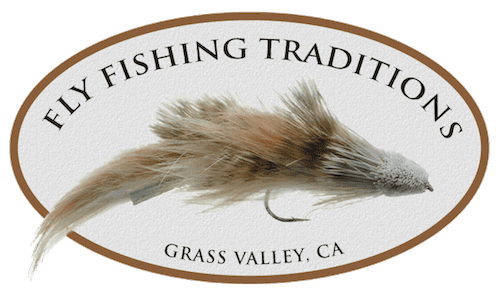As I’ve stated before, I’ve always been a fan of Dave Hughes, his books introduced me to two casting techniques, the wiggle cast and the reach cast. By adding these two casts to your game you can just about present a dry fly, emerger or dry dropper combination in any situation. If you get a handle on these two techniques and combine them with a reach wiggle you’ll really have something going.
I’m going to go over the essence of the wiggle cast here.
The “wiggle” cast is also referred to as the “serpentine” cast, or a “S” cast. I learned it as the wiggle, so I’ll stick with it. As they say, “That’s my story and I’m stickin’ to it”.
The essence of the cast is to place several coils or wiggles in the line as you complete the forward cast. Once accomplished, during the precious seconds that it takes for the complex currents to work the coils out of the line, your fly will have extra drag free drift while in the targeted zone. If you add a reach mend to the wiggle you’ll get even more time in the zone.
As with many other casting tips, the line always follows the motion of the rod tip and it applies to the wiggle cast. When delivering the cast simply wiggle the rod tip sideways back and forth. The quicker you start the wiggle after the stop of the rod and beginning the drift forward to the target, the closer the wiggles will be to the end of your fly line. This is what you are shooting for.
If your wiggles do not reach the tip of the fly line, the best thing to do is to practice on the lawn, work on the timing until you get it down. It just takes practice.
Putting the Wiggle to use on the River
When on the river and putting the wiggle cast into practice, the cast works well when casting upstream or quartering upstream, but is a very serviceable cast at almost any angle.
The upstream wiggle cast requires establishing a position either straight across or off to the side of the targeted fish. The closer you can stealthily wade to get into position within reason the better, thirty or forty feet is desirable. Make a normal cast targeting a spot two to four or five feet above the targeted fish. While the loop of the cast lays out reach lay your rod over upstream, the reach cast, and at the same wiggle the rod tip briskly to add the serpentine colis to the line as it lands. This is the reach wiggle cast.
The downstream wiggle cast is a great technique to add to your arsenal. The downstream wiggle cast calls for a casting position anywhere from an arc of 30 to 60 degrees upstream from the trout. Don’t position yourself so that you are directly upstream from a working trout. You may get away with it one time but then you’ll be done. Pick up the cast one time and the fish will be headed downstream like a freight train. Stay to the side.
Make measuring forecasts well of to the side. You’ll need to add extra line into your cast to make up for the wiggle and reach of your presentation cast. Aim your cast two to five feet above the position of the targeted fish and wiggle your rod tip briskly while the line loop unfolds. That should give you a nice drag free drift for your presentation.
Summary
Get out on the lawn, work on this and you will have success on the water. Tie the wiggle/reach cast to the tactics of stealthy wading and wading into the correct position to present your fly, and you will have trout dancing on your line.
“I guarantee it”.
